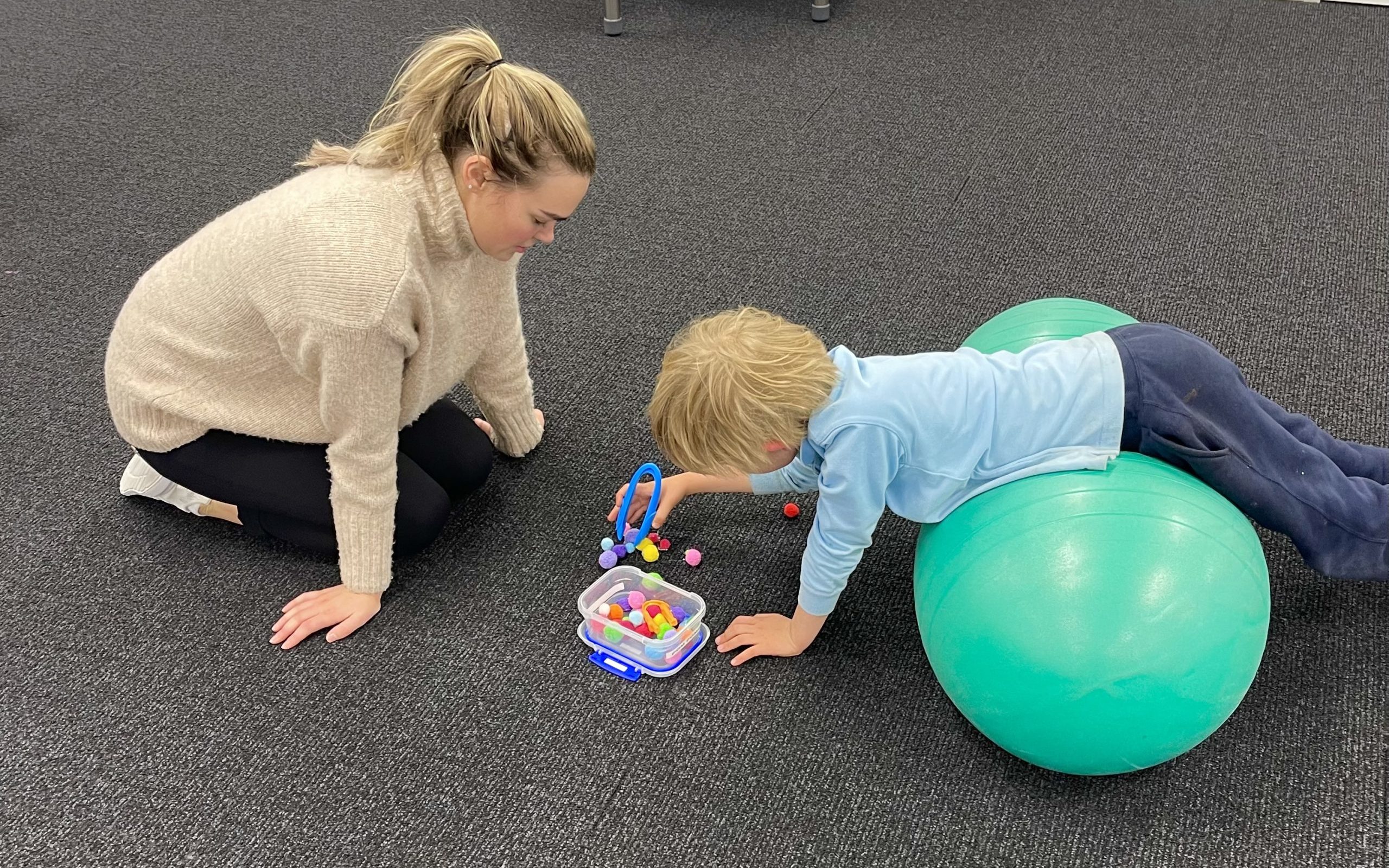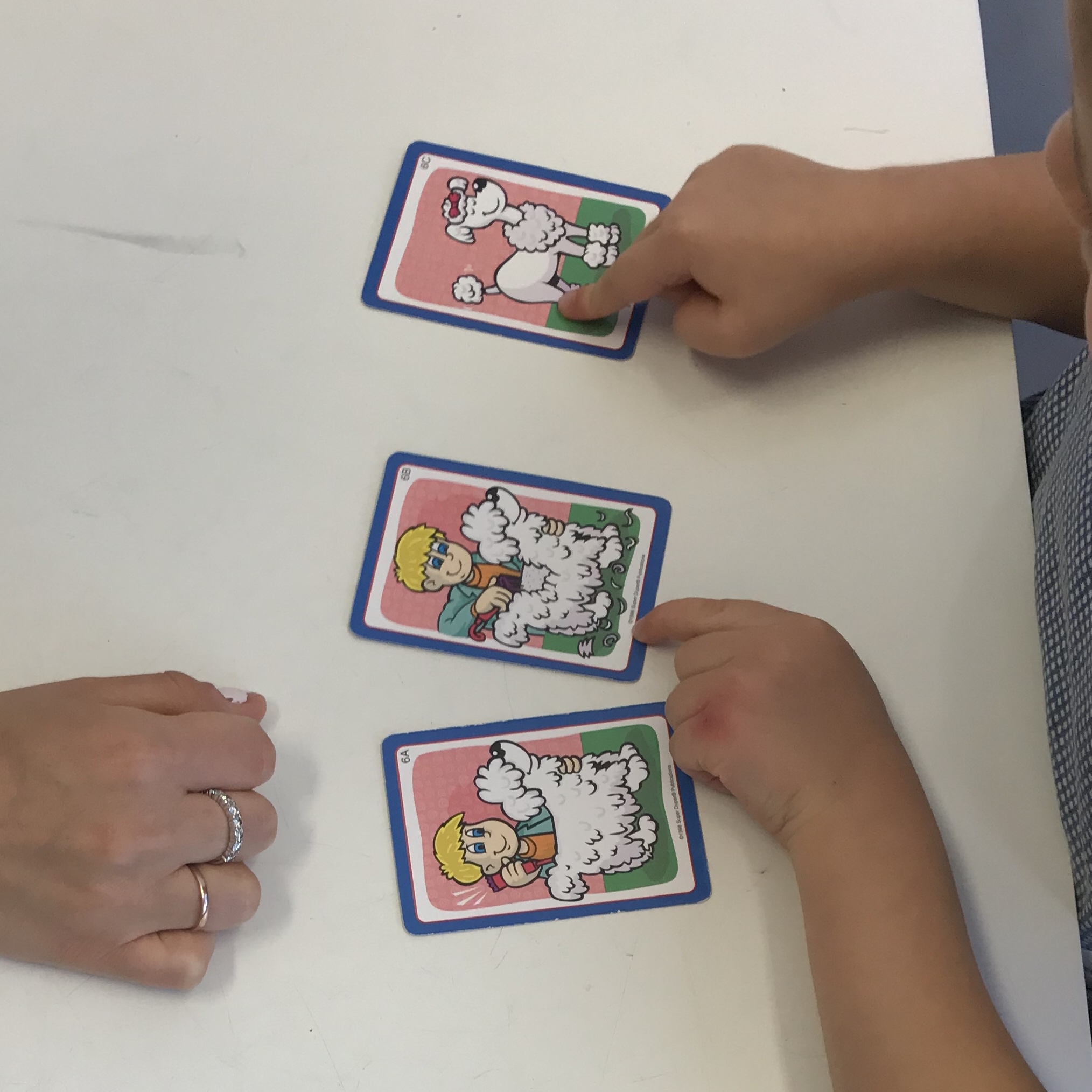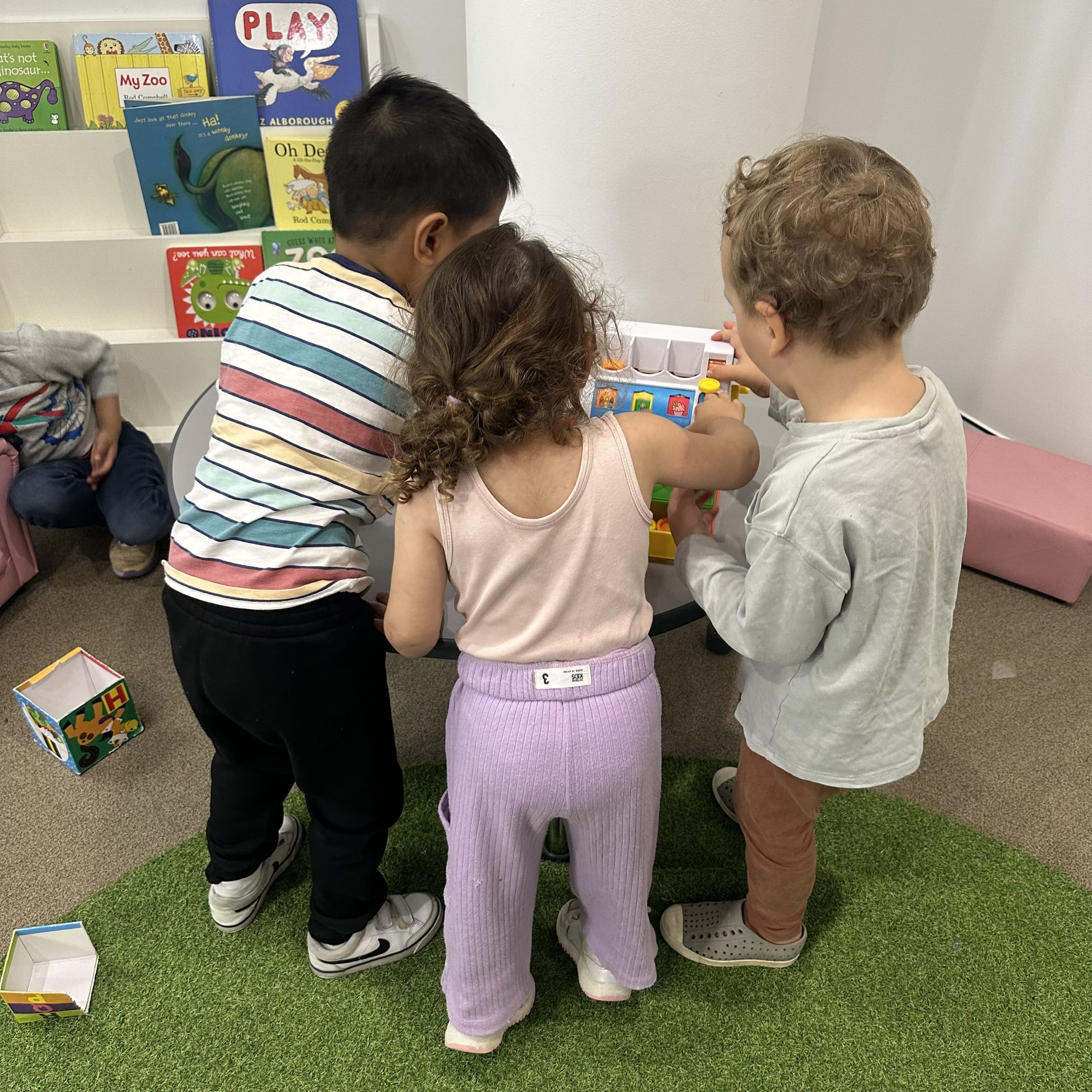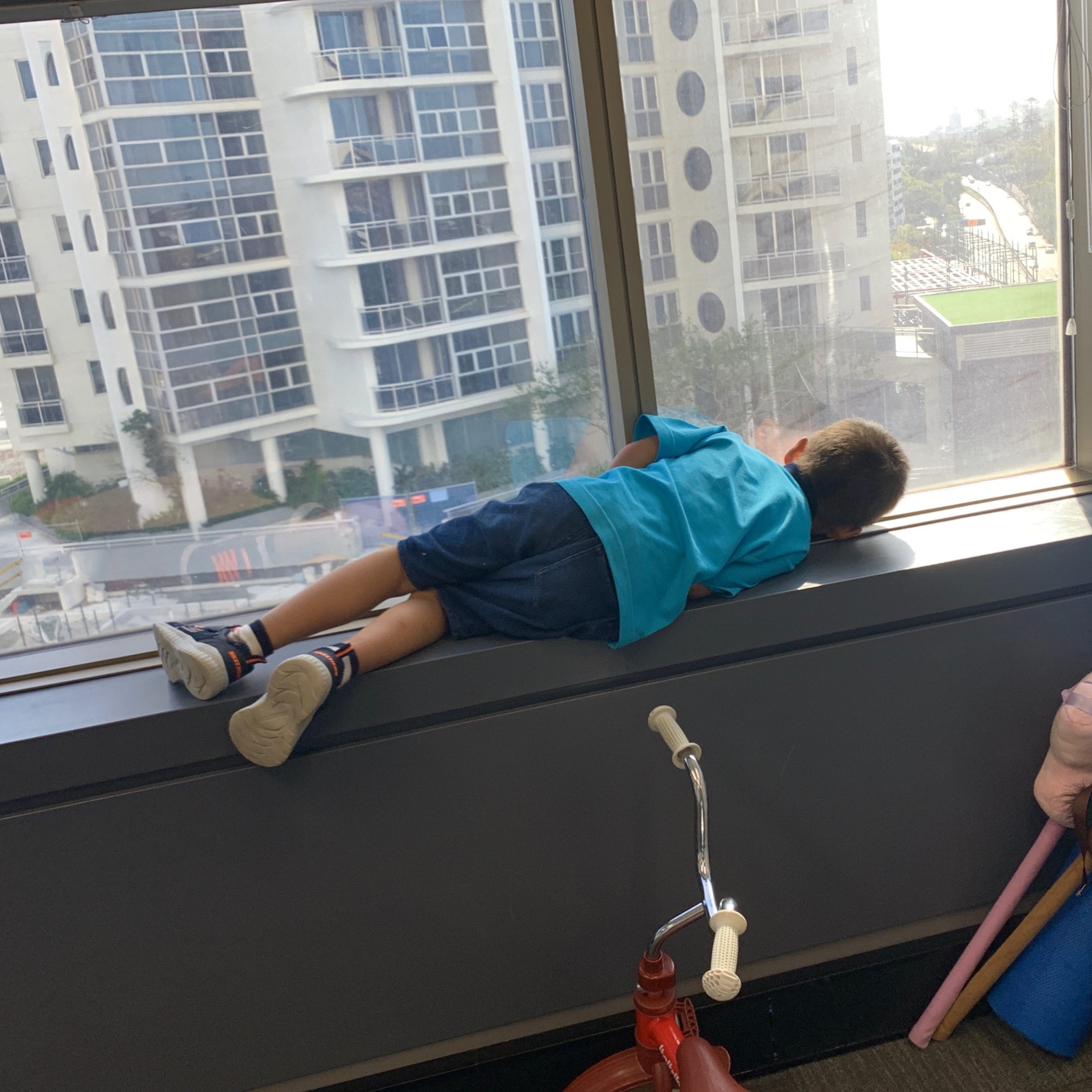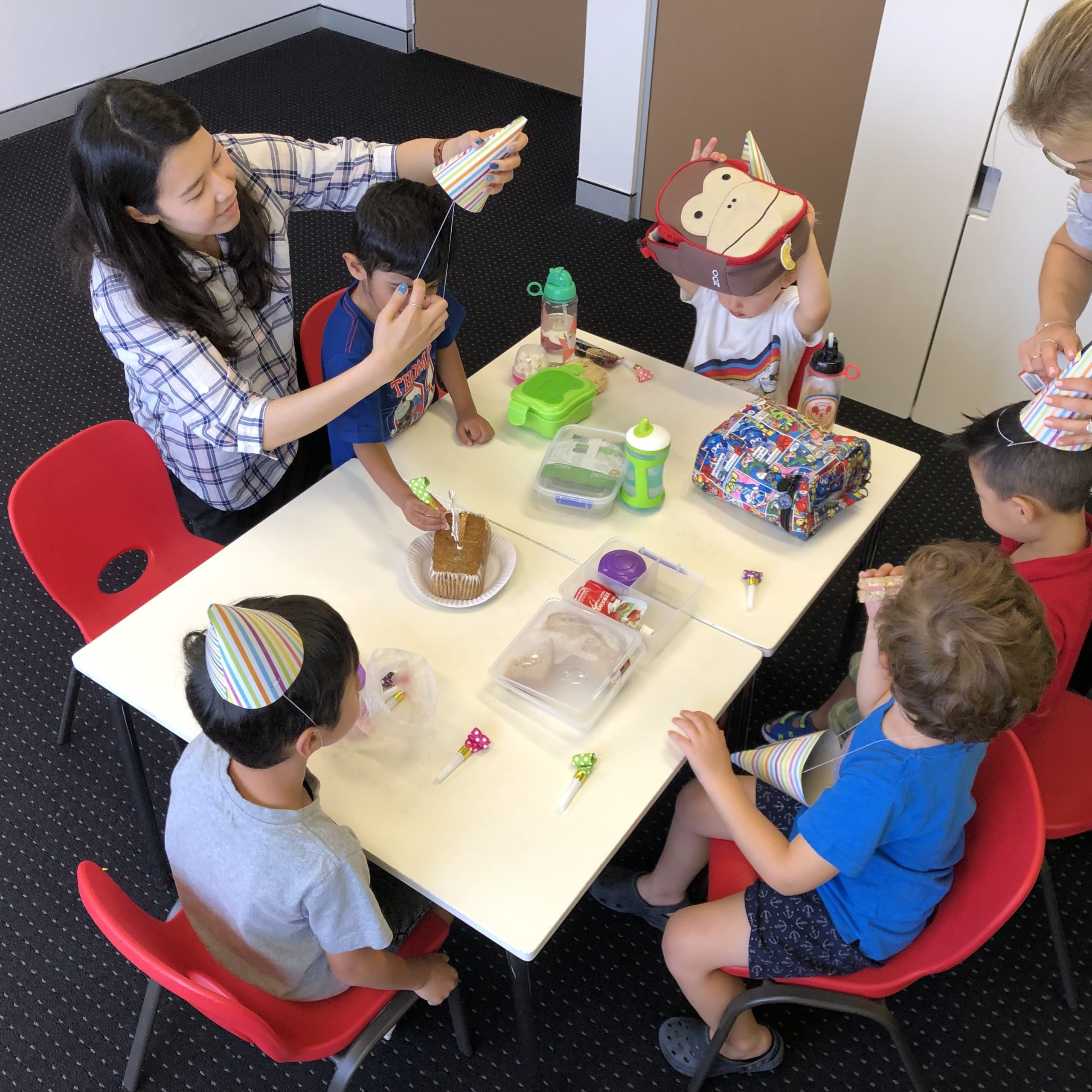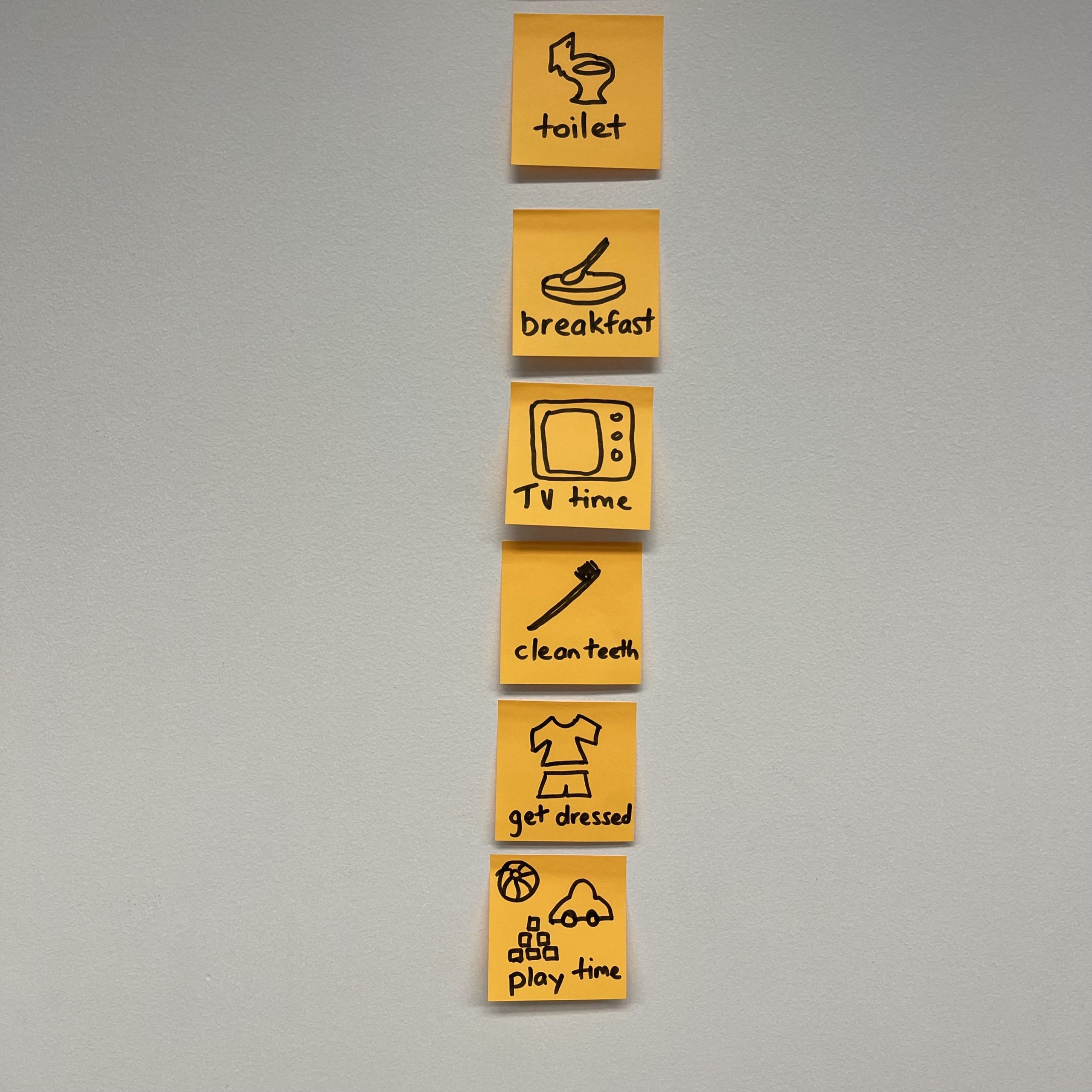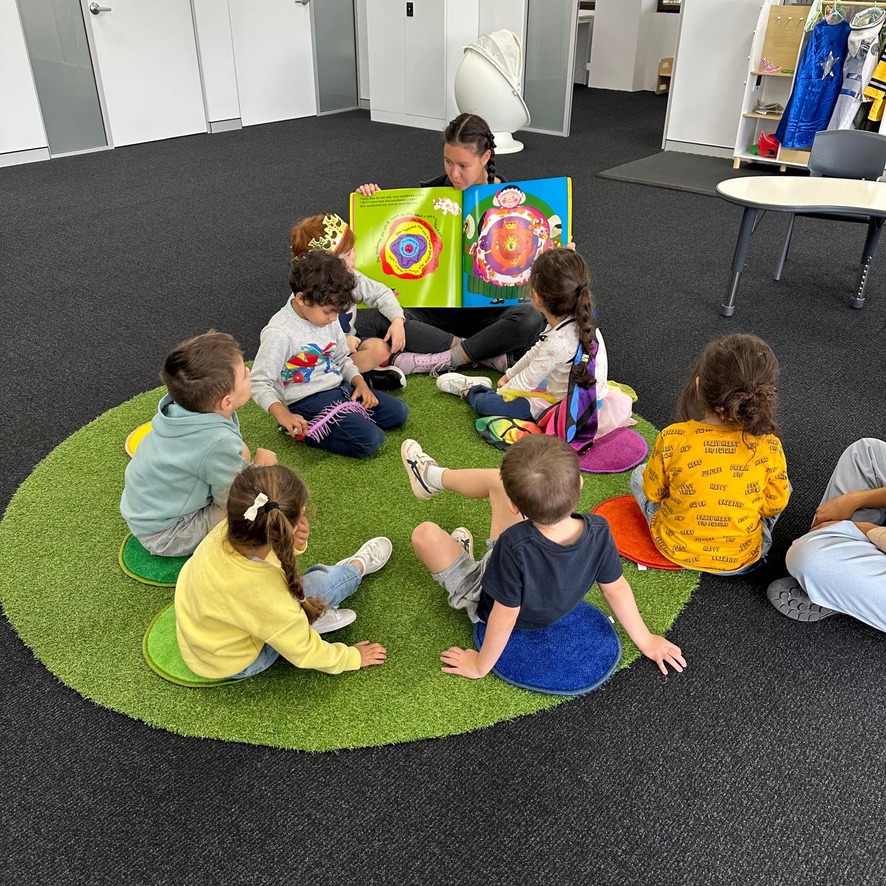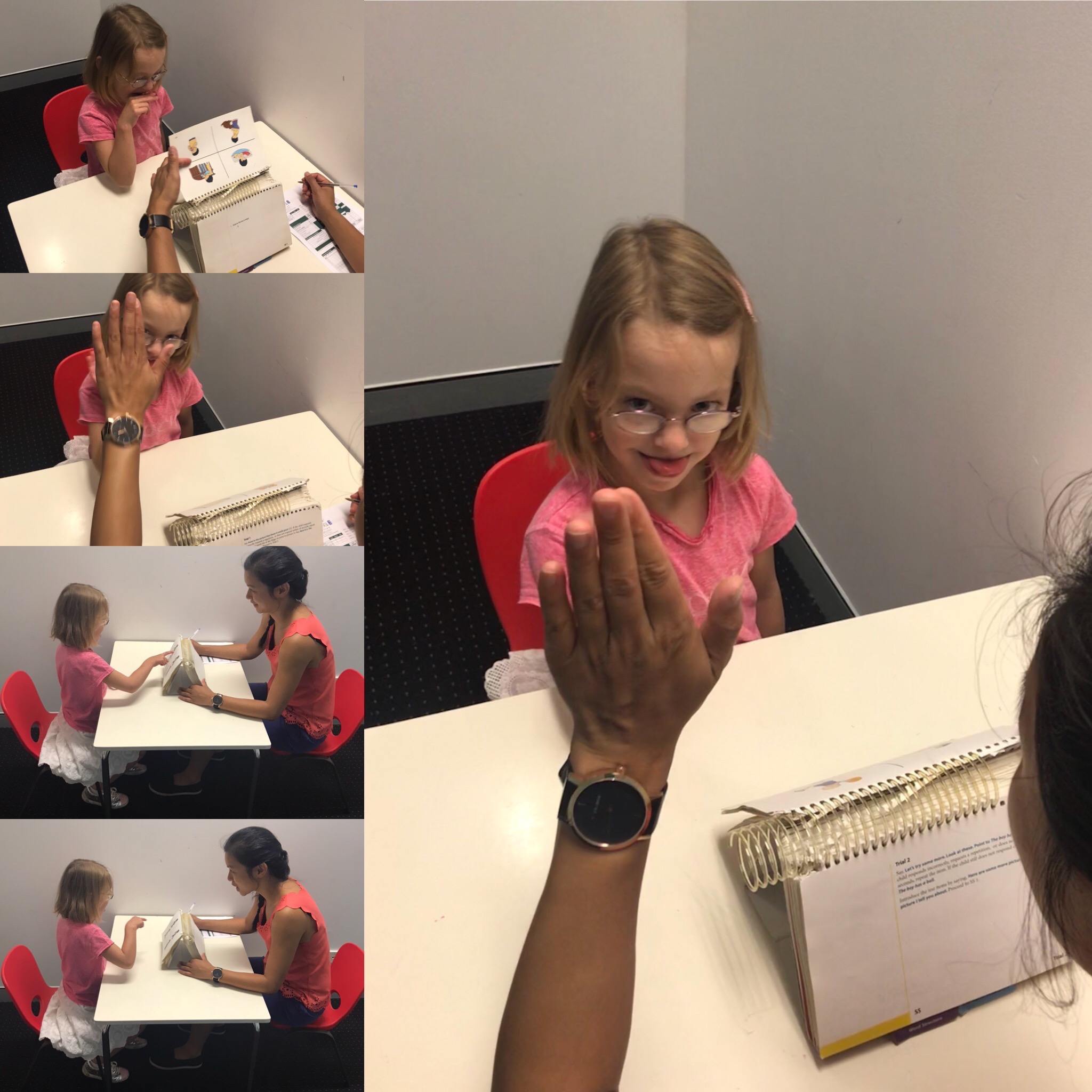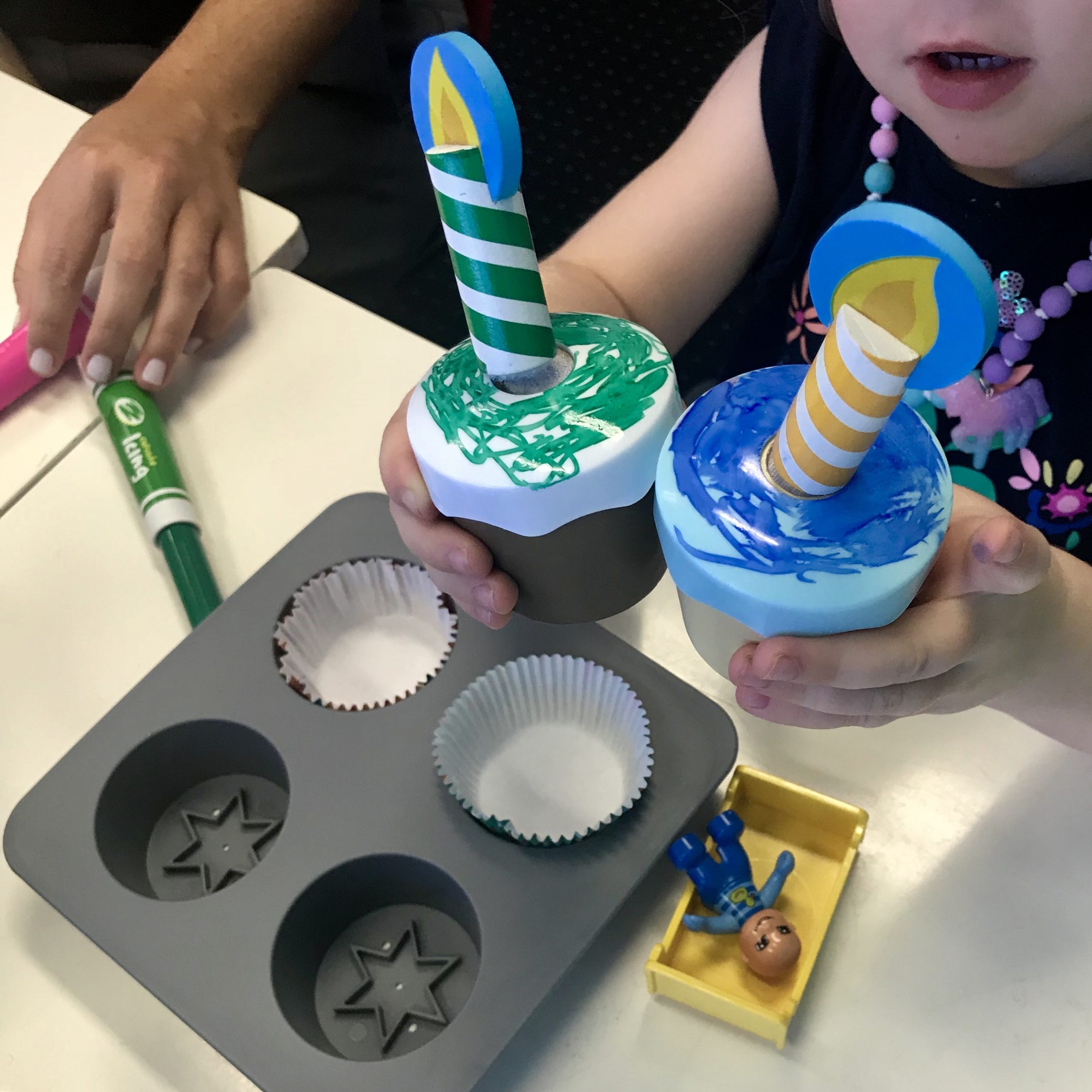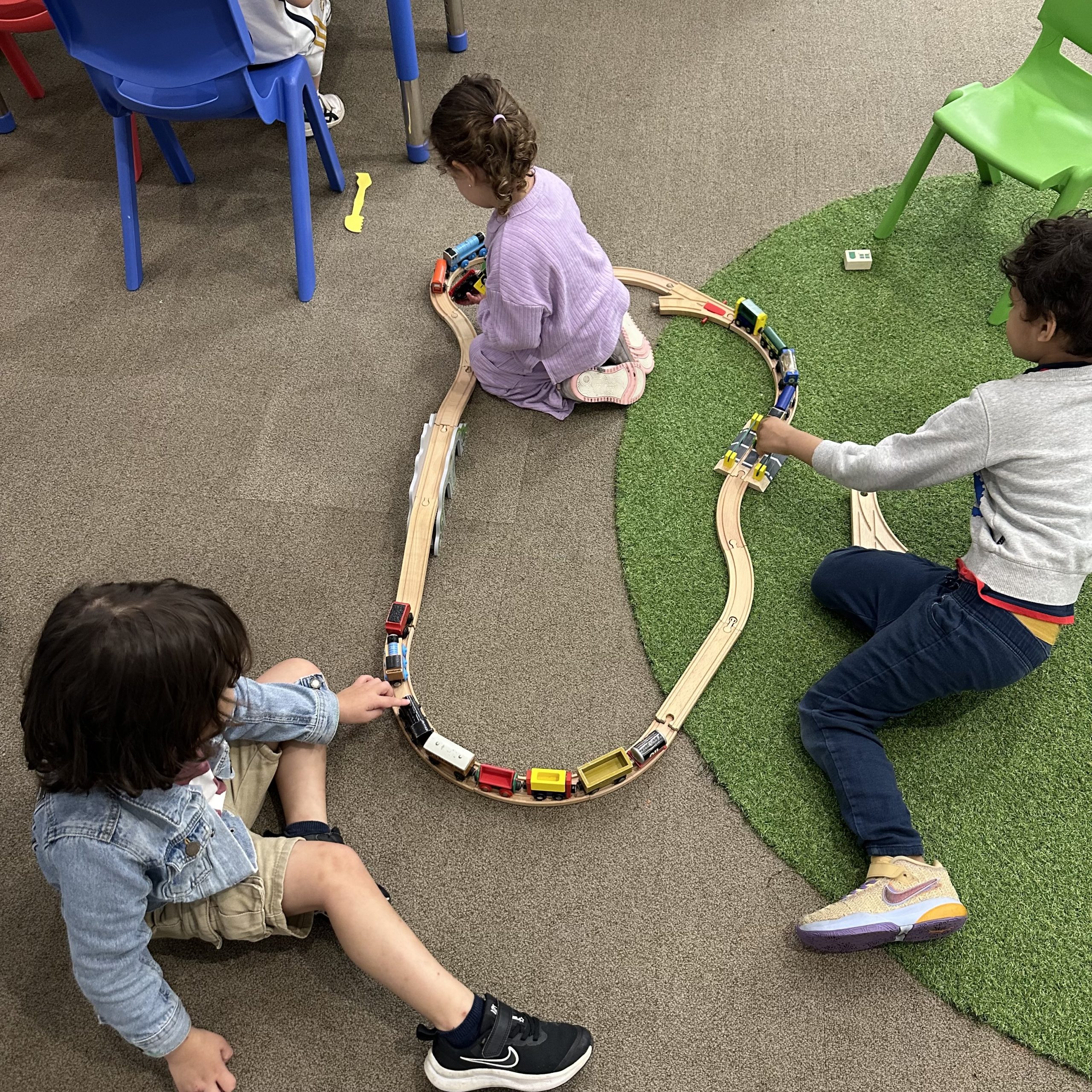
A Journey of Triumph: Sarah’s Success Story with ESDM, Speech Pathology, and Occupational Therapy in Sydney When Sarah turned two, her parents, Emily and James, started noticing differences in her development compared to other children her age. Sarah had limited verbal communication, avoided eye contact, and preferred playing alone instead of interacting with her peers. Concerned about these signs, Emily and James decided to seek professional advice. After thorough assessments, Sarah was diagnosed with autism spectrum disorder (ASD). This diagnosis marked a turning point in her life and set her on a path of early intervention that would transform her…

